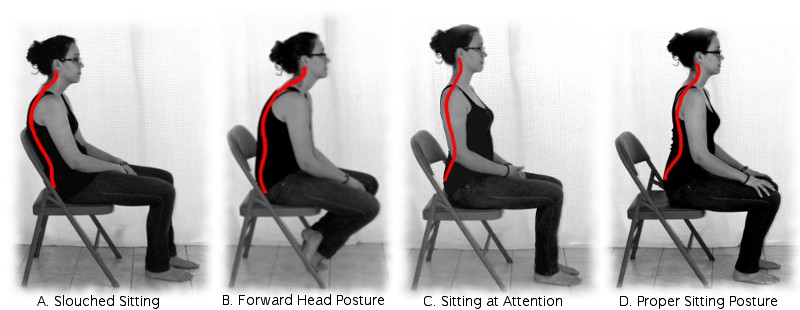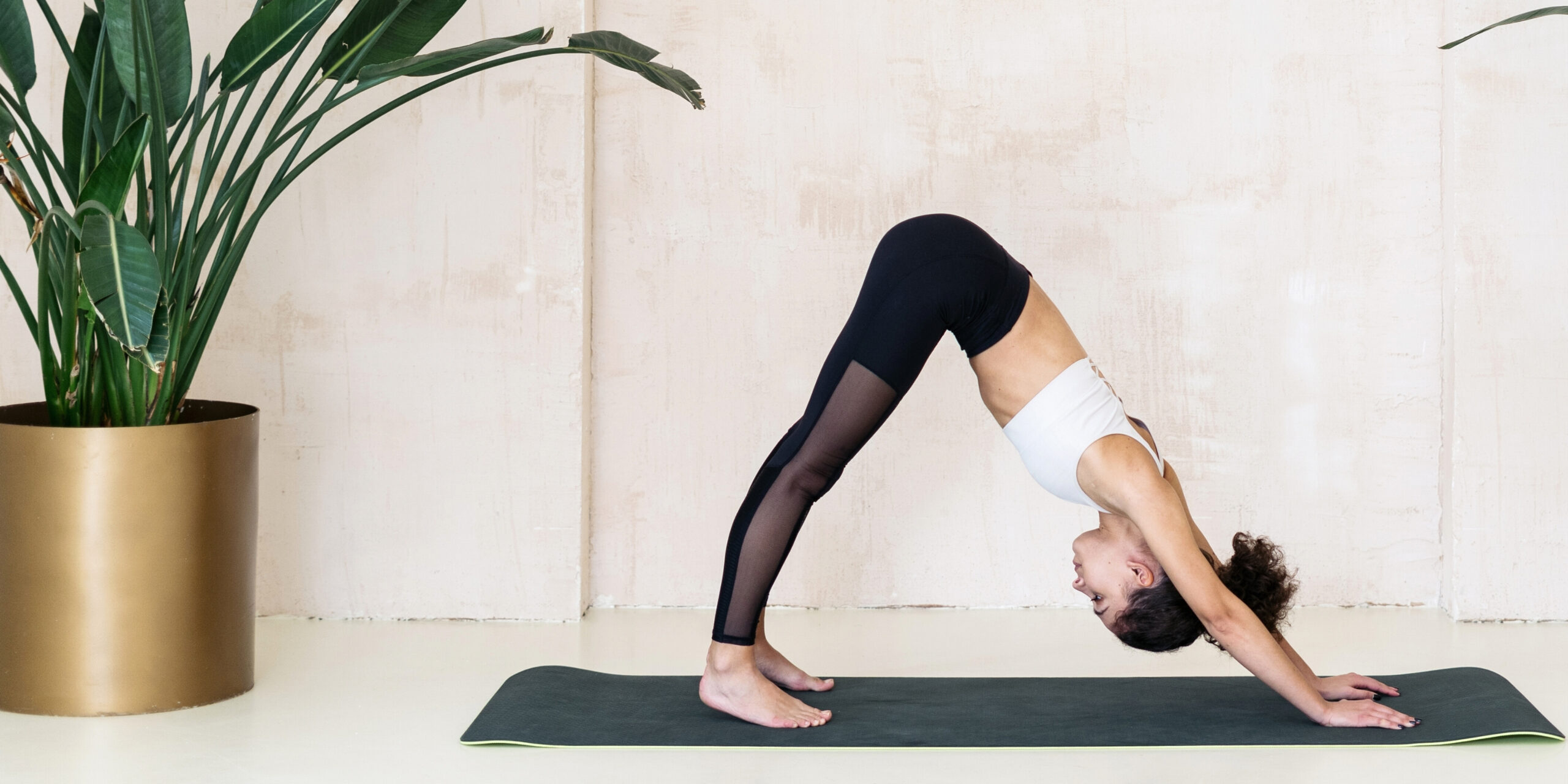Introduction
Improving Posture for a Healthy Spine: Maintaining good posture is crucial for a healthy spine and overall well-being. Unfortunately, in today’s digital age, where we spend extended periods sitting and hunched over screens, poor posture has become a common issue. Bad posture can lead to a range of problems, including back pain, muscle tension, and even spinal misalignment.

However, with awareness and practice, it is possible to improve posture and support a healthy spine. In this extensive blog, we will explore the dos and don’ts of improving posture to promote spinal health and enhance your overall quality of life. Know more about Improving Posture for a Healthy Spine.
The Importance of Good Posture for Spinal Health
Good posture refers to the alignment of the body that maintains the natural curves of the spine, from the neck to the lower back. Proper alignment ensures that the weight of the body is evenly distributed, reducing stress on the spine and supporting the surrounding muscles. The benefits of good posture include:

a. Spinal Alignment: Proper posture helps keep the spine in its natural position, preventing excessive strain on the vertebrae and spinal discs.
b. Reduced Risk of Back Pain: With improved spinal alignment, the pressure on the spinal discs and muscles is minimized, reducing the risk of back pain.
c. Improved Breathing and Digestion: Good posture allows the organs to function optimally, promoting better breathing and digestion.
d. Enhanced Confidence and Presence: Maintaining an upright posture exudes confidence and can positively influence your self-image and how others perceive you.
The Dos of Improving Posture

To improve your posture and support a healthy spine, incorporate the following dos into your daily routine:
a. Maintain a Neutral Spine: Whether sitting or standing, aim to keep your spine in a neutral position, maintaining its natural curves.
b. Strengthen Core Muscles: Strengthening the core muscles, including the abdominals and back muscles, provides support for the spine and improves posture.
c. Use Ergonomic Furniture: Invest in ergonomic chairs, desks, and computer setups that encourage good posture and support the natural alignment of the spine.
d. Lift Properly: When lifting heavy objects, bend your knees and use your leg muscles, rather than straining your back.
e. Stretch Regularly: Incorporate stretching exercises into your daily routine to maintain flexibility and relieve muscle tension.
f. Stand and Sit Mindfully: Be conscious of your posture while standing and sitting. Avoid slouching and maintain an upright position.
g. Wear Supportive Footwear: Choose footwear that provides adequate support and helps maintain proper body alignment.
h. Use Lumbar Support: Consider using a lumbar support cushion when sitting for extended periods to maintain the natural curve of your lower back.
The Don’ts of Improving Posture

Avoiding harmful habits and activities can also contribute to improving posture and supporting a healthy spine. Here are the don’ts to keep in mind:
a. Avoid Slouching: Slouching places unnecessary strain on the spine and can lead to discomfort and pain.
b. Limit Screen Time: Excessive screen time can encourage poor posture as we tend to hunch over devices. Take regular breaks and be mindful of your posture while using screens.
c. Don’t Cross Your Legs: Crossing your legs while sitting can lead to an imbalanced pelvis and contribute to poor posture.
d. Avoid High Heels: Wearing high heels regularly can alter the alignment of the spine and put pressure on the lower back.
e. Limit Prolonged Sitting: Prolonged sitting can weaken the back muscles and contribute to poor posture. Take breaks and move around regularly.
f. Don’t Sleep in Poor Positions: Avoid sleeping on your stomach, as it can strain the neck and lower back. Opt for sleeping on your back or side with a supportive pillow.
g. Limit Carrying Heavy Bags: Carrying heavy bags on one shoulder can lead to imbalances and poor posture. Use a backpack or distribute weight evenly between both shoulders.
h. Avoid Excessive Forward Head Posture: Craning your neck forward while using smartphones or computers can strain the neck and lead to posture problems.
Read More:
Exercises to Improve Posture

Incorporating specific exercises into your routine can help strengthen the muscles that support good posture and promote spinal alignment. Here are some effective exercises:
a. Plank: The plank exercise strengthens the core, back, and shoulder muscles, improving overall stability and supporting better posture.
b. Bird-Dog: This exercise targets the core and back muscles, promoting balance and spinal alignment.
c. Cat-Cow Stretch: The cat-cow stretch is a gentle yoga pose that helps improve spinal flexibility and alignment.
d. Bridges: Bridges target the glutes and lower back muscles, which are essential for supporting the spine.
e. Shoulder Blade Squeeze: This exercise helps strengthen the muscles between the shoulder blades, promoting better posture.
f. Child’s Pose: A relaxing yoga pose that stretches the back and helps release tension in the spine.
Tips for Developing Posture Awareness

Improving posture requires consistent effort and mindfulness. Here are some tips for developing posture awareness:
a. Set Reminders: Set reminders on your phone or computer to check your posture throughout the day.
b. Use a Posture App: Consider using a posture app or wearable device that provides feedback and reminders on your posture.
c. Use a Mirror: Stand in front of a mirror to observe your posture and make adjustments as needed.
d. Practice Mindful Breathing: Focusing on your breath can help you become more aware of your body and posture.
e. Seek Feedback: Ask friends, family, or colleagues to provide feedback on your posture to identify areas for improvement.
Seek Professional Help
If you have persistent back pain or concerns about your posture, consider seeking guidance from healthcare professionals, such as physical therapists or chiropractors. They can assess your posture, provide personalized recommendations, and design a tailored exercise program to address any specific issues. Know few more about Improving Posture for a Healthy Spine.
Conclusion
Improving posture is essential for maintaining a healthy spine and overall well-being. By following the dos and don’ts of good posture, incorporating posture-improving exercises, and being mindful of your daily habits, you can enhance spinal alignment, reduce the risk of back pain, and experience improved confidence and well-being. Remember that good posture is a continuous practice that requires awareness and commitment.
With dedication and consistency, you can achieve better posture and support a strong, healthy spine for years to come. Embrace the journey to a healthier posture, and your body will thank you with improved comfort, mobility, and vitality.
Best Spine Doctor In Gwalior:
The managing director of KLM Group is Dr. Vipin. He is a renowned orthopaedic surgeon with a gold medal. Be guaranteed of high-quality healthcare and top-notch medical services in orthopaedic, spine care in gwalior, ophthalmology, X-ray & diagnostics, as well as physiotherapy services. Gwalior is well-known for its trustworthy and focused approach.
Book Your Consultation
Website: https://tinyurl.com/yyzvwmck
Email: info@klmgrou p.org
Ph: 0751-4000721,Mob: 7804826825
Address: 12, Saraswati Nagar, University Road, Near Silver Estate, Thatipur,
Address Link: https://g.page/r/CQ0WqKLEXPWeEAE Powered By Argusdna

